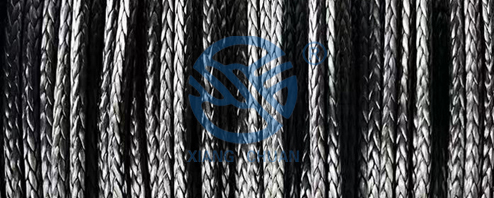
Mooring tails are essential components of any mooring system, providing cushioning and flexibility to accommodate the movement of vessels in response to changing tides, wind, and waves. The performance of mooring tails is influenced by a combination of factors, including materials, design, length, and installation.
One of the key factors that determine the performance of mooring tails is the material used in their construction. Mooring tails are typically made from synthetic fibers such as nylon, polyester, or polypropylene, which offer high strength, durability, and flexibility. These materials have excellent elasticity and energy absorption capabilities, allowing them to stretch and contract in response to varying loads without losing their structural integrity. The material composition of mooring tails can also impact their resistance to abrasion, UV exposure, and environmental degradation, all of which can affect their longevity and performance.
The design of mooring tails also plays a critical role in their performance. The length, diameter, and construction of mooring tails are tailored to the specific requirements of the vessel being moored, as well as the environmental conditions of the mooring location. Longer mooring tails offer greater flexibility and shock absorption, while thicker tails provide increased strength and durability. The construction of mooring tails, such as the number of strands and twists, can also influence their performance, with tighter weaves and more complex braiding patterns enhancing their load-bearing capacity and resistance to wear and tear.
The installation of mooring tails is another important factor in determining their performance. Proper installation includes securing the tails to the vessel and the mooring point using appropriate hardware, such as shackles, thimbles, and chafe guards, to minimize the risk of slippage, chafing, and failure. The orientation and tension of mooring tails are also crucial, as incorrect alignment or excessive slack can reduce their effectiveness in absorbing shocks and maintaining the stability of the vessel.
In conclusion, the performance of mooring tails is influenced by a combination of factors, including materials, design, length, and installation. By selecting high-quality materials, designing tailored solutions, and ensuring proper installation, mooring tails can effectively support vessels in a wide range of environmental conditions, thereby enhancing safety, stability, and efficiency in mooring operations.


 +86-514-88253368
+86-514-88253368






